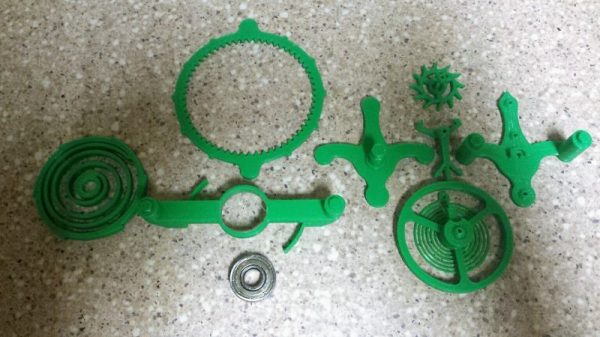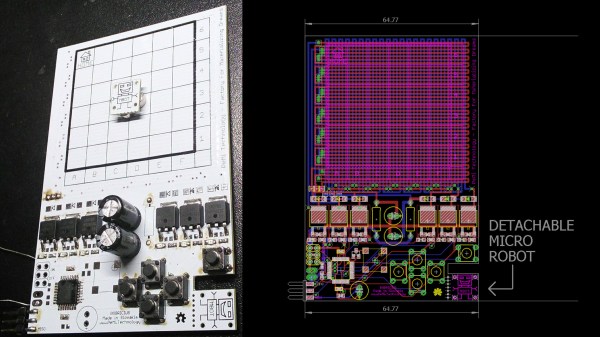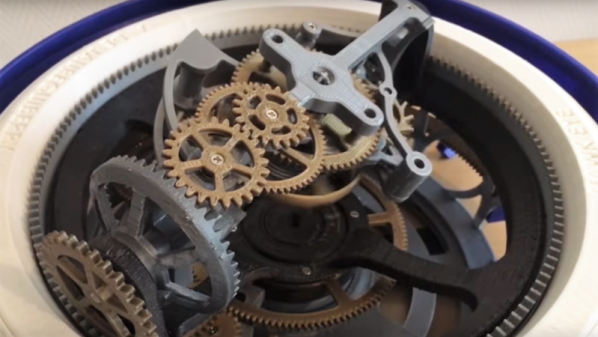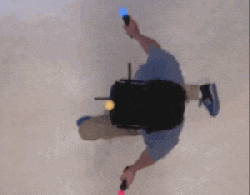Virtual reality has come a long way in the past decade, with successful commercial offerings for gaming platforms still going strong as well as a number of semi-virtual, or augmented, reality tools that are proving their worth outside of a gaming environment as well. But with all this success they still haven’t quite figured out methods of locomotion that feel natural like walking or running. One research group is leaping to solve one of these issues with JumpMod: a wearable device that enhances the sensation of jumping.
The group, led by [Pedro Lopes] at the University of Chicago, uses a two-kilogram weight worn on the back to help provide the feeling of jumping or falling. By interfacing it with the virtual reality environment, the weight can quickly move up or down its rails when it detects that the wearer is about to commit to an action that it thinks it can enhance. Wearers report feeling like they are jumping much higher, or even smashing into the ground harder. The backpack offers a compact and affordable alternative to the bulky and expensive hardware traditionally used for this purpose.
With builds like these, we would hope the virtual reality worlds that are being created become even more immersive and believable. Of course that means a lot more work into making other methods of movement in the virtual space feel believable (like walking, to start with) but it’s an excellent piece of technology that shows some progress. Augmenting the virtual space doesn’t always need bulky hardware like this, though. Take a “look” at this device which can build a believable virtual reality space using nothing more than a webcam.
Continue reading “Jump Like Mario With This Weighted Wearable”



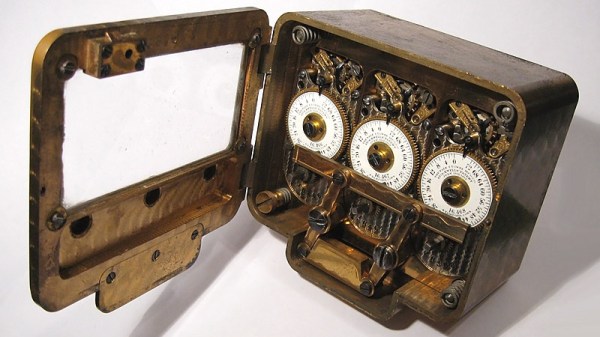
 The concept of a time lock is an old one, and here you can see an example of
The concept of a time lock is an old one, and here you can see an example of 